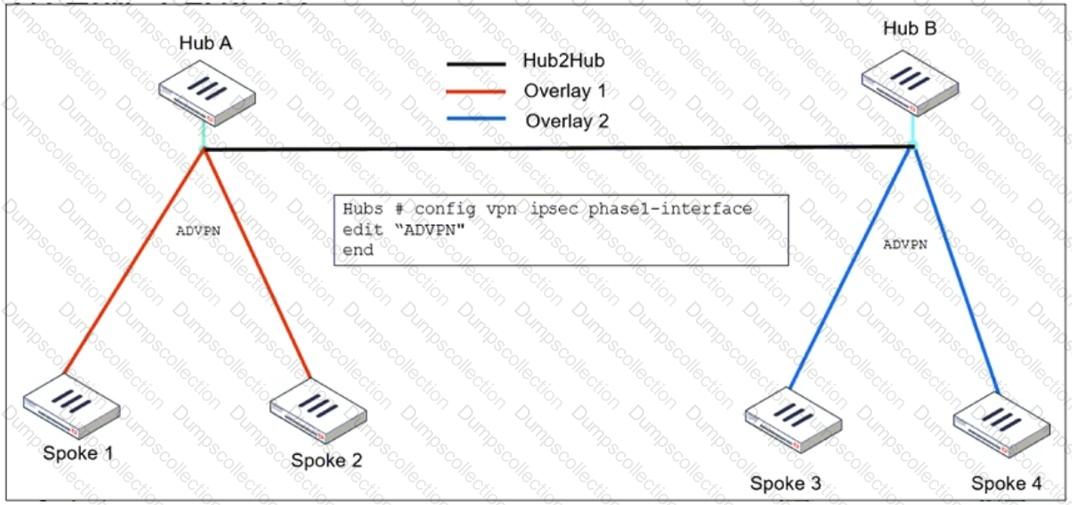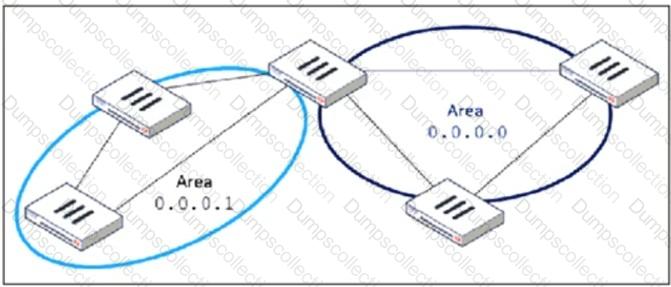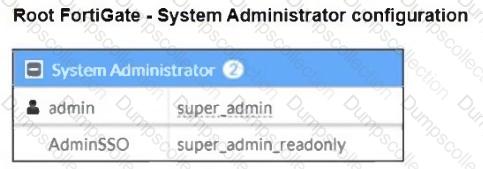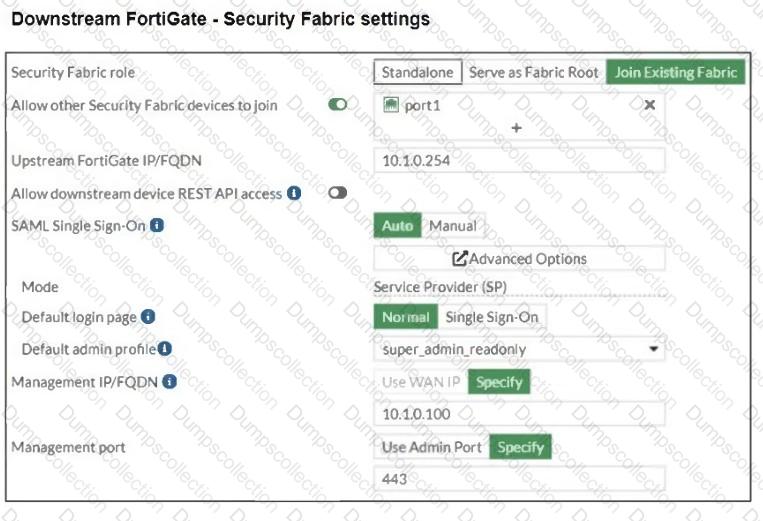Fortinet FCSS - Enterprise Firewall 7.4 Administrator FCSS_EFW_AD-7.4 Exam Dumps: Updated Questions & Answers (December 2025)
An administrator is designing an ADVPN network for a large enterprise with spokes that have varying numbers of internet links. They want to avoid a high number of routes and peer connections at the hub.
Which method should be used to simplify routing and peer management?
Refer to the exhibit, which shows a revision history window in the FortiManager device layer.

The IT team is trying to identify the administrator responsible for the most recent update in the FortiGate device database.
Which conclusion can you draw about this scenario?
Refer to the exhibit, which shows theADVPNIPsec interface representing the VPN IPsec phase 1 from Hub A to Spoke 1 and Spoke 2, and from Hub В to Spoke 3 and Spoke 4.

An administrator must configure an ADVPN using IBGP and EBGP to connect overlay network 1 with 2.
What must the administrator configure in the phase 1 VPN IPsec configuration of theADVPNtunnels?
Refer to the exhibit, which shows an OSPF network.

Which configuration must the administrator apply to optimize the OSPF database?
Refer to the exhibit, which shows a command output.

FortiGate_A and FortiGate_B are members of an FGSP cluster in an enterprise network.
While testing the cluster using the ping command, the administrator monitors packet loss and found that the session output on FortiGate_B is as shown in the exhibit.
What could be the cause of this output on FortiGate_B?
An administrator is extensively using VXLAN on FortiGate.
Which specialized acceleration hardware does FortiGate need to improve its performance?
What does the command set forward-domain
An administrator must enable direct communication between multiple spokes in a company's network. Each spoke has more than one internet connection.
The requirement is for the spokes to connect directly without passing through the hub, and for the links to automatically switch to the best available connection.
How can this automatic detection and optimal link utilization between spokes be achieved?
Refer to the exhibits.


The Administrators section of a root FortiGate device and the Security Fabric Settings section of a downstream FortiGate device are shown.
When prompted to sign in with Security Fabric in the downstream FortiGate device, a user enters the AdminSSO credentials.
What is the next status for the user?
An administrator wants to scale the IBGP sessions and optimize the routing table in an IBGP network.
Which parameter should the administrator configure?

